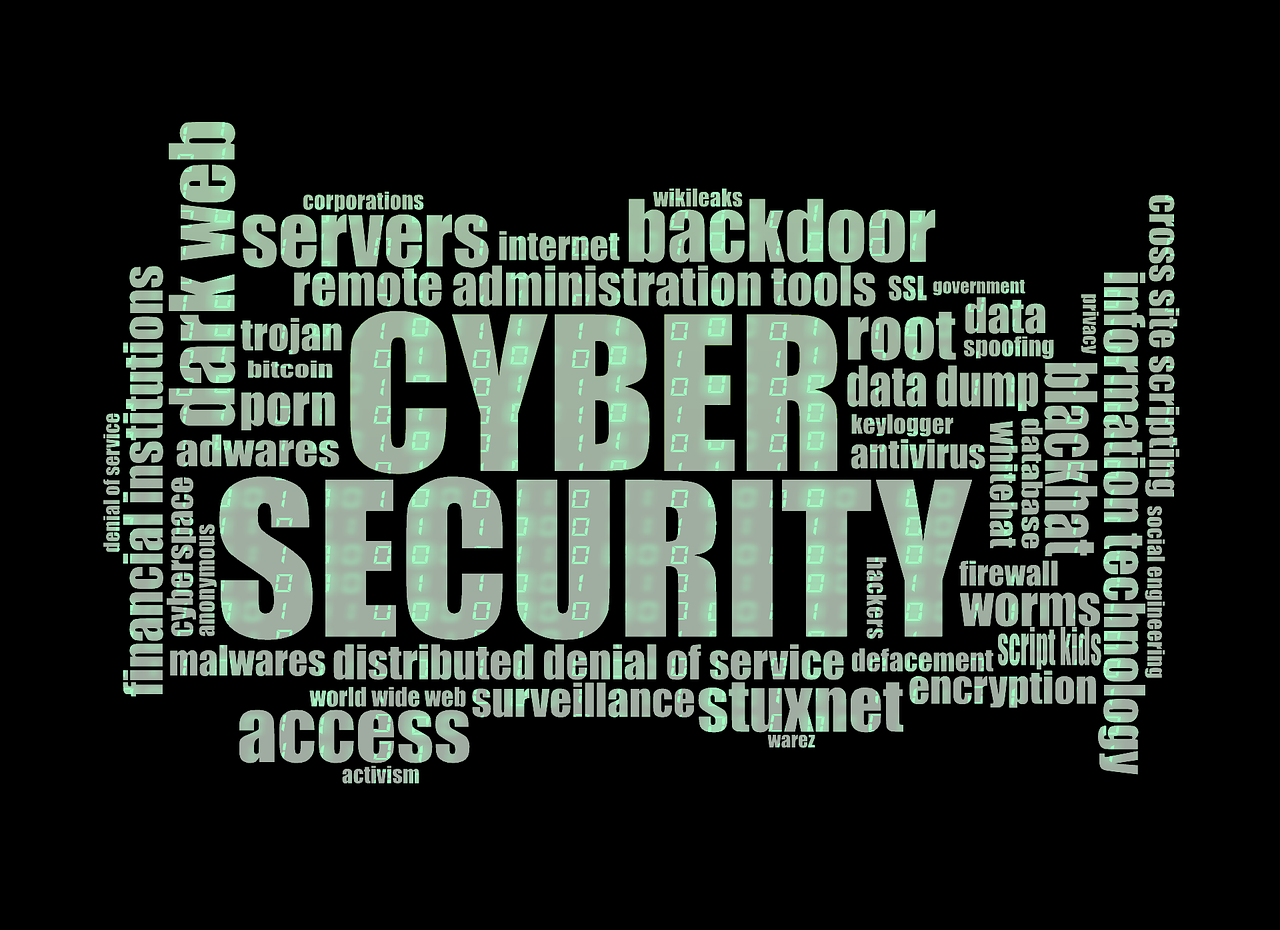
Have you ever wondered how many phishing scams your employees come across daily? The answer is probably much higher than you think. In 2024 alone, phishing attacks tripled, and businesses are paying the price. Hackers aren’t just targeting emails anymore—they’re using social media, fake ads, and even search results to trick people into handing over sensitive data.
Is your team prepared? Start with a FREE cybersecurity risk assessment to find out where your vulnerabilities are before hackers do.
Why Phishing Scams Are More Dangerous Than Ever
Phishing is nothing new, but cybercriminals are getting better at it. Fake emails and websites look almost identical to real ones, making them harder to detect.
Instead of just relying on email scams, hackers now plant fake links in ads, social media posts, and even legitimate-looking websites. If your employees aren’t paying close attention, they might hand over business credentials without even realizing it.
Want to know what phishing looks like in action? Here’s how to identify phishing scams instantly before they do serious damage.
3 Reasons More Employees Are Falling for Phishing Scams
Phishing isn’t just more common—it’s more effective. Here’s why employees are getting tricked more often than before.
1. Security Fatigue Is Real
Employees are bombarded with security warnings all day long. When people are overwhelmed with alerts, they start ignoring them.
Hackers know this, which is why they craft phishing emails that blend into the daily flood of messages. They count on employees being too distracted to think twice before clicking.
2. Fake Logins Look Too Real
A few years ago, phishing emails were easier to spot. Now, scammers can copy login pages with almost perfect accuracy.
Employees may think they’re signing into their email or cloud storage, but they’re actually handing credentials straight to a hacker.
3. Phishing Is No Longer Just in Emails
Hackers know employees are trained to watch for suspicious emails. So now they use fake job postings, bogus social media messages, and deceptive search ads to lure victims in.
Even tech-savvy employees can fall for well-crafted scams. This is why cybersecurity awareness should be part of company-wide training.
How to Stop Phishing Attacks Before They Hit Your Business
Good news: phishing can be stopped with the right mix of education, technology, and security policies. Here’s where to start:
- Teach employees how to recognize phishing attempts, no matter where they appear.
- Enable multi-factor authentication (MFA) to block unauthorized logins.
- Use email filters to reduce phishing emails before they reach inboxes.
- Train employees regularly so they stay alert to evolving threats.
Cybersecurity is a team effort, and it starts with making sure employees understand how phishing scams work. Here’s why cybersecurity awareness is critical for every business.
Cyber Insurance Won’t Save You from a Phishing Attack
Some businesses assume cyber insurance will cover losses from phishing scams. But insurance is not a security solution—it’s a last resort.
Cyber insurance won’t prevent a breach, and some policies won’t even cover phishing-related fraud. Instead of relying on insurance, focus on preventing attacks before they happen.
Here’s why cyber insurance is not a replacement for strong security: Learn more here.
Employees Can Be Your Strongest Defense—Or Your Weakest Link
Phishing isn’t slowing down, and businesses that don’t prepare will get caught off guard.
The best way to keep hackers out? Train employees, implement security measures, and stay proactive about cybersecurity.
Not sure if your team is ready? Start with a FREE cybersecurity risk assessment to identify risks before they become costly mistakes. Let’s stop phishing scams before they stop your business, get in touch today!
Darryl Cresswell
CEO & President
MYDWARE IT Solutions Inc.




